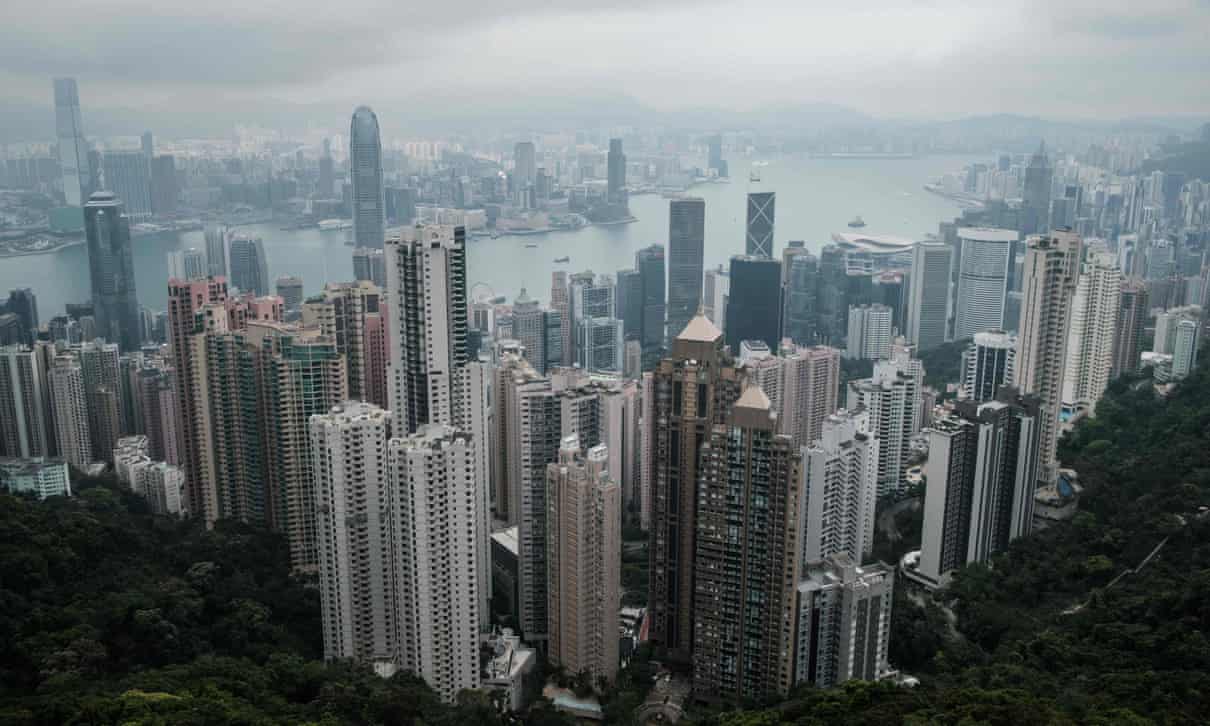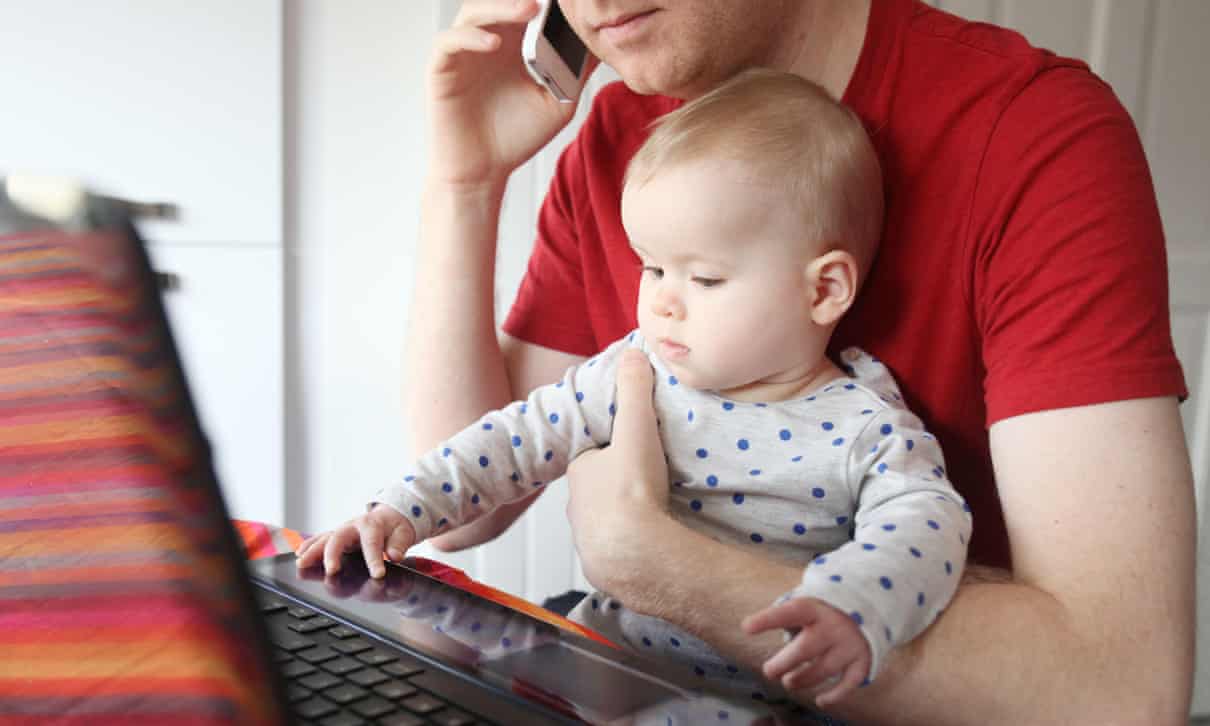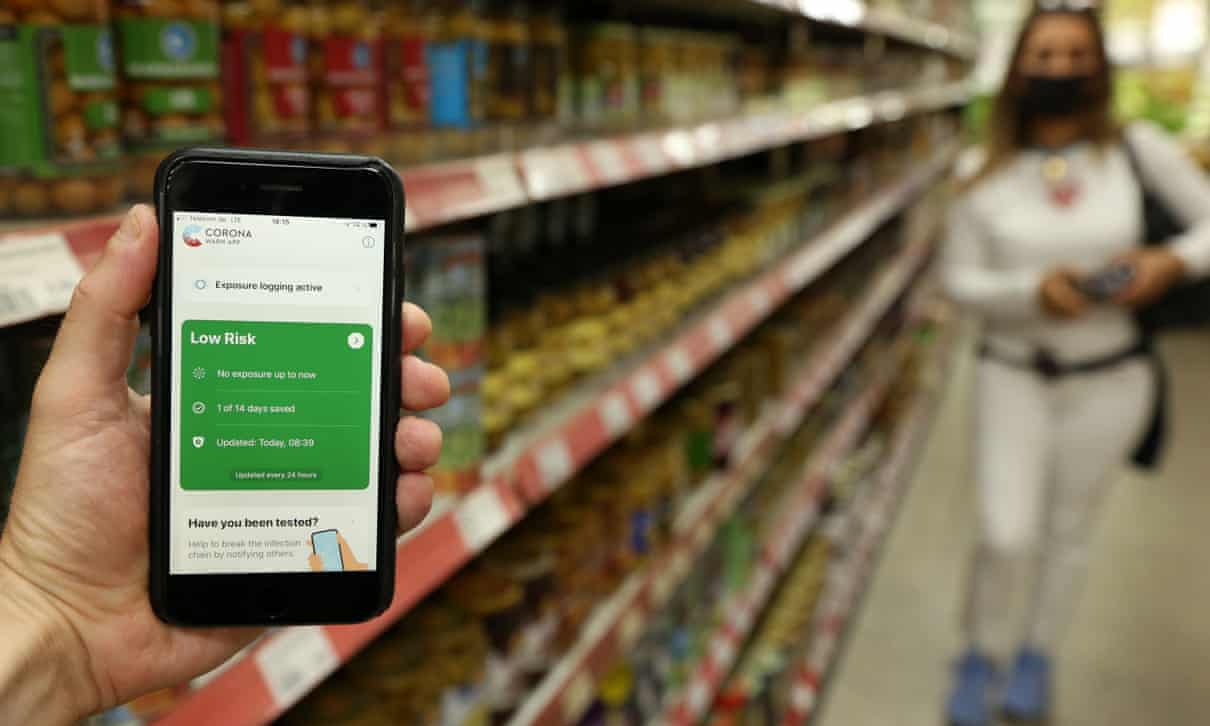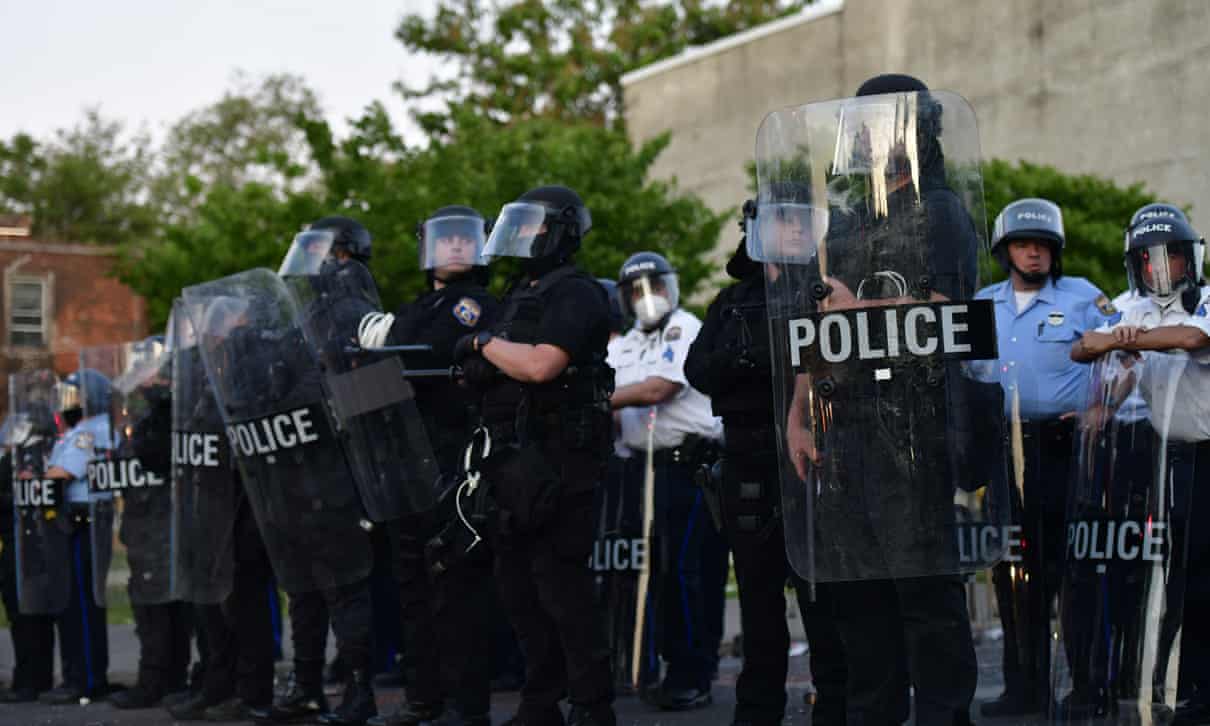The government has been forced to abandon a centralised coronavirus contact-tracing app after spending three months and millions of pound...

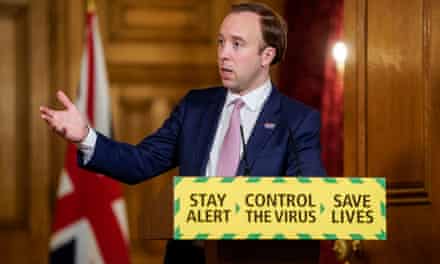
The government has been forced to abandon a centralised coronavirus contact-tracing app after spending three months and millions of pounds on technology that experts had repeatedly warned would not work.
In an embarrassing U-turn, Matt Hancock said the NHS would switch to an alternative designed by the US tech companies Apple and Google, which is months away from being ready. At the Downing Street briefing, the health secretary said the government would not "put a date" on when the new app may be launched, although officials conceded it was likely to be in the autumn or winter. The idea behind the NHS app was that it could trace anybody that a person with coronavirus symptoms came into close contact with by using the Bluetooth connectivity on a standard smartphone, and notify them to self-isolate. Ministers had insisted on using a centralised version of the untested technology in which anonymised data from people who reported feeling ill was held in an NHS database to enable better tracing and data analysis. This version was not supported by Apple and Google. Facebook Twitter Pinterest Work started in March as the pandemic unfolded, but despite weeks of work, officials admitted on Thursday that the NHS app only recognised 4% of Apple phones and 75% of Google Android devices during testing on the Isle of Wight. That was because the design of Apple's iPhone operating system is such that apps quickly go to sleep when they are not being used and cannot be activated by Bluetooth – a point raised by experts and reported by the Guardian in early May. The Department of Health and Social Care refused to say how much had been spent on the effort, although official records show three contracts worth £4.8m were awarded to the developer VMWare Pivotal Labs for work on the app. Silkie Carlo, the director of the privacy charity Big Brother Watch, said: "This just shows what a mess the centralised data-hungry approach was. Government was wrong to waste precious time and millions of pounds of public money on a design that everyone warned was going to fail, and now we're back at square one." Hancock had been particularly enthusiastic about the NHS app and had at one point said it would be "rolling out in mid-May" across England. Officials had denied the Apple-Google alternative was being evaluated, although on Thursday it was revealed that in fact work was going on to assess it from 6 May. On Thursday, Hancock said the alternative was not ready either because it could not measure distance accurately. In some cases it cannot distinguish between phones 1 metre and 3 metres away – even though one is inside and one outside the current 2-metre physical distancing limit. Experts say an app would be useful to track the potential spread from an infected person on public transport or in any other situation where they come into contact with people they do not know. But the distance measurement problem means it cannot be relied on to make decisions about who should self-isolate. In the press briefing, Hancock tried to shift the blame on to Apple, saying: "So as it stands, our app won't work because Apple won't change their system, but it [the NHS app] can measure distance and their app can't measure distance well enough to a standard that we are satisfied with." When asked whether he had unwisely stuck to the wrong approach, Hancock said: "I'm from Newmarket, we back both horses." He went on to argue that testing the Apple–Google alternative for several weeks meant the government could make the leap from one system to another with confidence. Q&A What is contact tracing? Show Hide Contact tracing is one of the most basic planks of public health responses to a pandemic like the coronavirus. It means literally tracking down anyone that somebody with an infection may have had contact with in the days before they became ill. It was – and always will be – central to the fight against Ebola, for instance. In west Africa in 2014-15, there were large teams of people who would trace relatives and knock on the doors of neighbours and friends to find anyone who might have become infected by touching the sick person. Most people who get Covid-19 will be infected by their friends, neighbours, family or work colleagues, so they will be first on the list. It is not likely anyone will get infected by someone they do not know, passing on the street. It is still assumed there has to be reasonable exposure – originally experts said people would need to be together for 15 minutes, less than 2 metres apart. So a contact tracer will want to know who the person testing positive met and talked to over the two or three days before they developed symptoms and went into isolation. South Korea has large teams of contact tracers and notably chased down all the contacts of a religious group, many of whose members fell ill. That outbreak was efficiently stamped out by contact tracing and quarantine. Singapore and Hong Kong have also espoused testing and contact tracing and so has Germany. All those countries have had relatively low death rates so far. The World Health Organization says it should be the "backbone of the response" in every country. Sarah Boseley Health editor Was this helpful? Thank you for your feedback. Apple did not immediately comment but in a statement on Thursday night, Google said: "We welcome the announcement from the UK government today. We have developed an Exposure Notification API with Apple based on consultation with public health experts around the world, including in the UK, to ensure that our efforts are useful to authorities as they build their own apps to limit the spread of Covid-19, while ensuring privacy and security are central to the design." Earlier this week Italy and Germany launched their own apps nationwide based on the Google-Apple model. The Italian app has been downloaded 2.7m times, while the German app was taken up 6.5m times on Tuesday, its first day. Speculation about the fate of the NHS app had been circulating for weeks after Hancock's mid-May deadline was missed. On Wednesday, James Bethell, a junior health minister responsible for the app, told MPs it would not be ready until the end of the year. "We're seeking to get something going for the winter, but it isn't a priority for us," he told a parliamentary committee. At one point it had been hoped that Scotland, Wales and Northern Ireland would also use the app, which is intended for England in its revised form. But the repeated delays had prompted the other nations to reconsider. Jonathan Ashworth, the shadow health secretary, said: "This is unsurprising and yet another example of where the government's response has been slow and badly managed. It's meant precious time and money wasted. "For months, tech experts warned ministers about the flaws in their app, which is why we wrote to Matt Hancock encouraging the government to consider digital alternatives back in May." Sal Brinton, the Liberal Democrat health spokesperson in the Lords, said: "Lord Bethell and Dido Harding [who is in charge of the test-and-trace programme] have already said it will be some months before England has that full service, probably winter. We need it now, and changing to an app that still has technical issues with Bluetooth distracts from the importance of fast, effective tracing by experts." Topics Coronavirus outbreak Infectious diseases Apple Google Mobile phones Bluetooth Apps news Share on Facebook Share on Twitter Share via Email Share on LinkedIn Share on Pinterest Share on WhatsApp Share on Messenger Reuse this content

